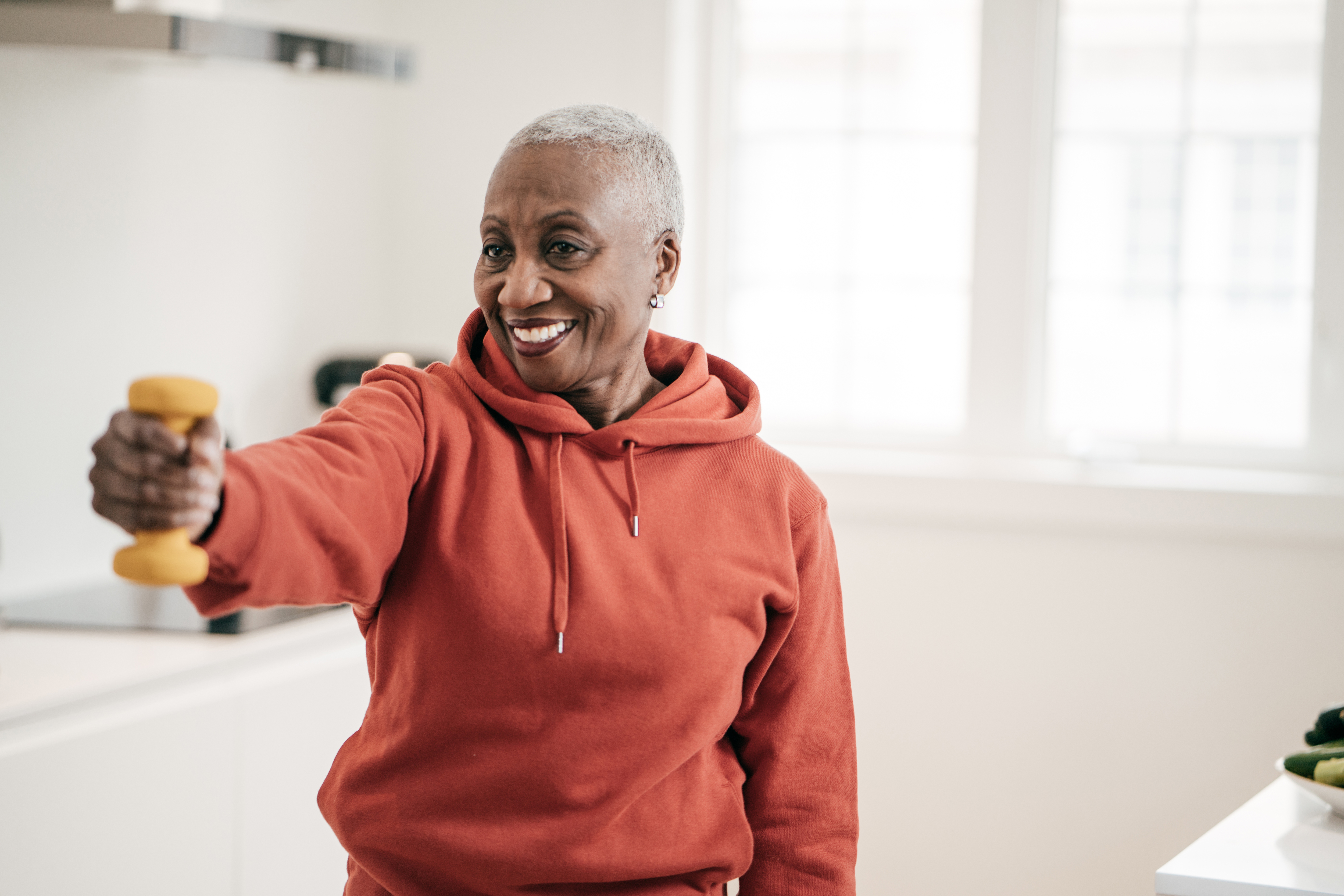In last week’s blog, we talked about what burnout was, the signs of burnout, and how hormones and medications can play a role in burnout. To add to it, we want to talk about how physical activity can play a role in burnout and if your exercise routine may be a factor causing your burnout.

If you didn’t read last week’s blog, we highly encourage you to go and read that first, as it will cover some background information that will be important for this blog. Click here then come back.
When it comes to burnout and exercise there are a few things we need to talk about.
1. How can exercise help lessen burnout symptoms?
2. How can exercise help cause burnout?
Firstly, how can exercise or physical activity lessen burnout and the symptoms ones may feel regarding burnout?
We’ve talked in the past about how exercise can help with mental health. Remember that when it comes to physical activity and mental health, it is normally doing things you enjoy and within an intensity that you feel like doing that day. Anything from a 30-minute walk to a group exercise class will do the trick. Anything that gets you away from your desk or room and increases your heart rate will produce positive effects to help with your mental health.
So, when we are talking about burnout, a few studies have been done recently due to the burnout boom that happened over COVID lockdowns. One study looked at a circuit-style training format, think a few stations that overall work the whole body, and agility training for a combined 60 minutes, 3 days a week. Compared to the group that exercised, the group that was put on a waitlist, the individuals who exercised had significant decreases in emotional exhaustion, stress, and a better sense of accomplishment.

The researchers found that these effects were magnified due to the high adherence of the group over the 8-week time frame. When compared to a 12-week program that only included aerobic physical activity, these differences were not seen, and they concluded that physical activity did not help with burnout symptoms. Another study looked at a 4 to 12-week resistance training program and had similar results to the aerobic-only program.
Why would that happen?
Due to the combination of aerobic training and resistance training throughout the circuit, participants likely had a portion that they enjoyed which could have led to higher adherence. Similarly, resistance training and aerobic training affect the body differently. They release different hormones and cause different types of good stress on the body. These differences allow for a better decrease in emotional stress and exhaustion and a better sense of accomplishment. Adding in agility training appears to also have the added benefit of a positive effect on specific burnout symptoms but needed to be further studied.
However, there are studies that are still showing that exercise can not reduce and potentially increase symptoms of burnout.
This brings us to our second topic. How can exercise held lead to burnout?
‘Exercise burnout’ is a now more popular term to define the feelings of exhaustion, high stress, and more caused by intense exercise. Now, why might this happen?
A common theme in research has shown that the pursuit of perfectionism, whether that is in athletic performance or aesthetic looks, can lead to over-exercise and cause burnout.
But we always talk about how exercise is healthy. How can someone overexercise?

The familiar phrase is always, ‘too much of a good thing. Whether it is ‘healthy food’ or physical activity, you can have too much of it and it can start to cause issues. Specifically, with exercise, we start to see the following signs:
1. Reduced performance
2. Sleep Issues (falling asleep, staying asleep, & waking up not feeling rested)
3. Anxiety
4. Fatigue & energy crashes
5. Increased injuries
Look familiar? These are similar symptoms of burnout that were discussed last week. Managing stressful times through physical activity, however, we need to ensure we are doing it at a level that works well for us.
How do we know?
Sometimes, it can be hard to tell. Physical activity levels that work best for you to thrive may be very different than what they will be for your sibling or your friend. There is no one size fits for exercise. However, something everyone can do is incorporate rest into their workout plans. And we aren’t only talking about rest between rests. What we are talking about here is planned recovery.
Planned recovery looks like lighter intensity days in your week and month, which allows you to perform at a higher level in your exercise than if you hadn’t done them. The focus of recovery should be used to apply different techniques to reduce muscle soreness, improve flexibility and mobility, and restore energy stores.
When individuals who exercise take the time to plan recovery, we see that the five symptoms above tend to decrease and do not affect their physical activity, social life, or their academic pursuits.
Balance in everything is key.
Resources: http://hdl.handle.net/10045/106098
